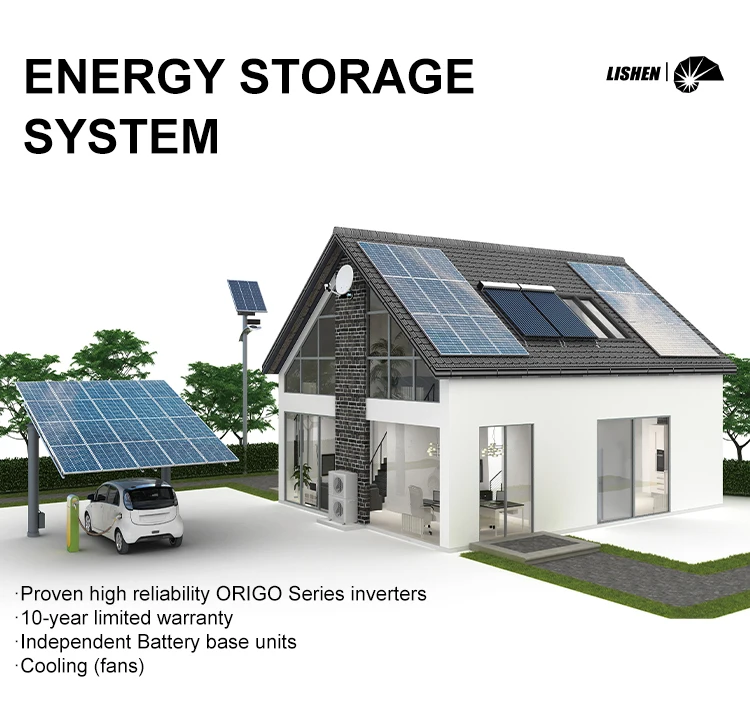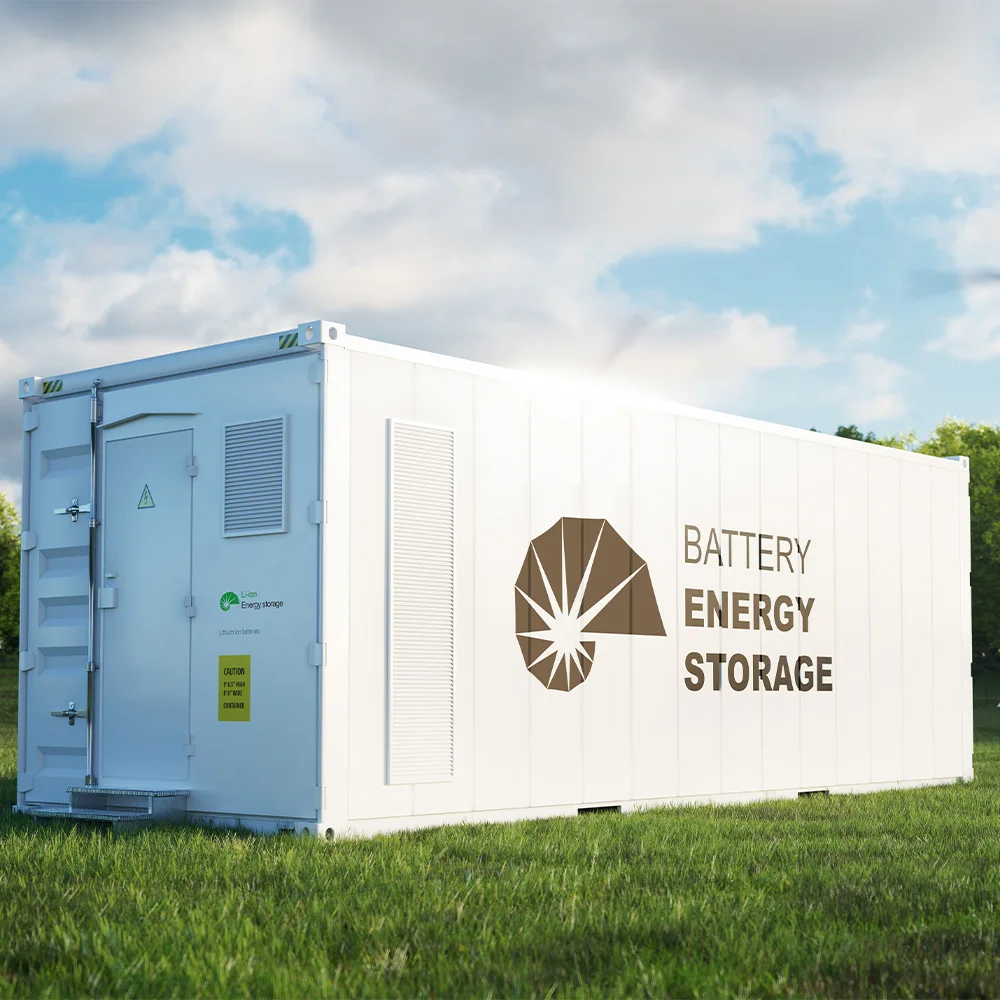Lithium-Ion Battery Care Guide
As the penetration rate of renewable energy continues to rise, the challenges to power system stability are becoming more severe. Energy storage systems have emerged as essential buffers coupling new energy with the grid. At the core of these systems lies the Energy Storage EMS (Energy Management System), not only responsible for daily dispatching tasks but also key to unlocking market participation, profit maximization, and system security in the future.
4.Key EMS Strategy Types and Application Scenarios
| Strategy Type | Application Objective | Applicable Scenarios |
|---|---|---|
| Peak Shaving & Valley Filling | Reduce maximum demand and electricity costs | Commercial and industrial users, areas with fluctuating electricity prices |
| TOU Arbitrage Strategy | Economic dispatch based on time-of-use (TOU) price differences | TOU / Spot power market |
| Battery Life Optimization | Control DOD and extend battery life | Long-term energy storage projects |
| Black Start / Islanding Strategy | Ensure independent power supply during outages | Emergency storage systems, data centers, hospitals |
| Frequency/Voltage Regulation | Fast response to AGC/DCS commands | Grid-side storage, ancillary service market |
| VPP Aggregation Response Strategy | Connect to virtual power plant (VPP) platforms for market response | Distributed storage, C&I + PV-storage integrated systems |
5. Technology Trends and Policy Directions
Technology Trends
AI-Based Dispatch Optimization
Utilizes algorithms such as LSTM and XGBoost to predict load and electricity prices, enabling dynamic and intelligent strategy generation.Cloud-Edge Collaborative Architecture
Enhances system response speed, ensures off-grid operational capabilities, and supports efficient remote management.Enhanced Security Design
Incorporates Trusted Execution Environments (TEE) and role-based access control to safeguard data and command chains.
Policy Directions
The Ministry of Industry and Information Technology (MIIT) has issued the Energy Storage System Safety Standards and Smart Grid Development Plan, emphasizing the need to enhance EMS development capabilities.
The National Energy Administration promotes integrated solutions of “New Energy + Energy Storage + EMS”.
The European Clean Energy Package encourages energy storage systems to participate in ancillary services and energy dispatch markets, with the prerequisite of having intelligent EMS capabilities







